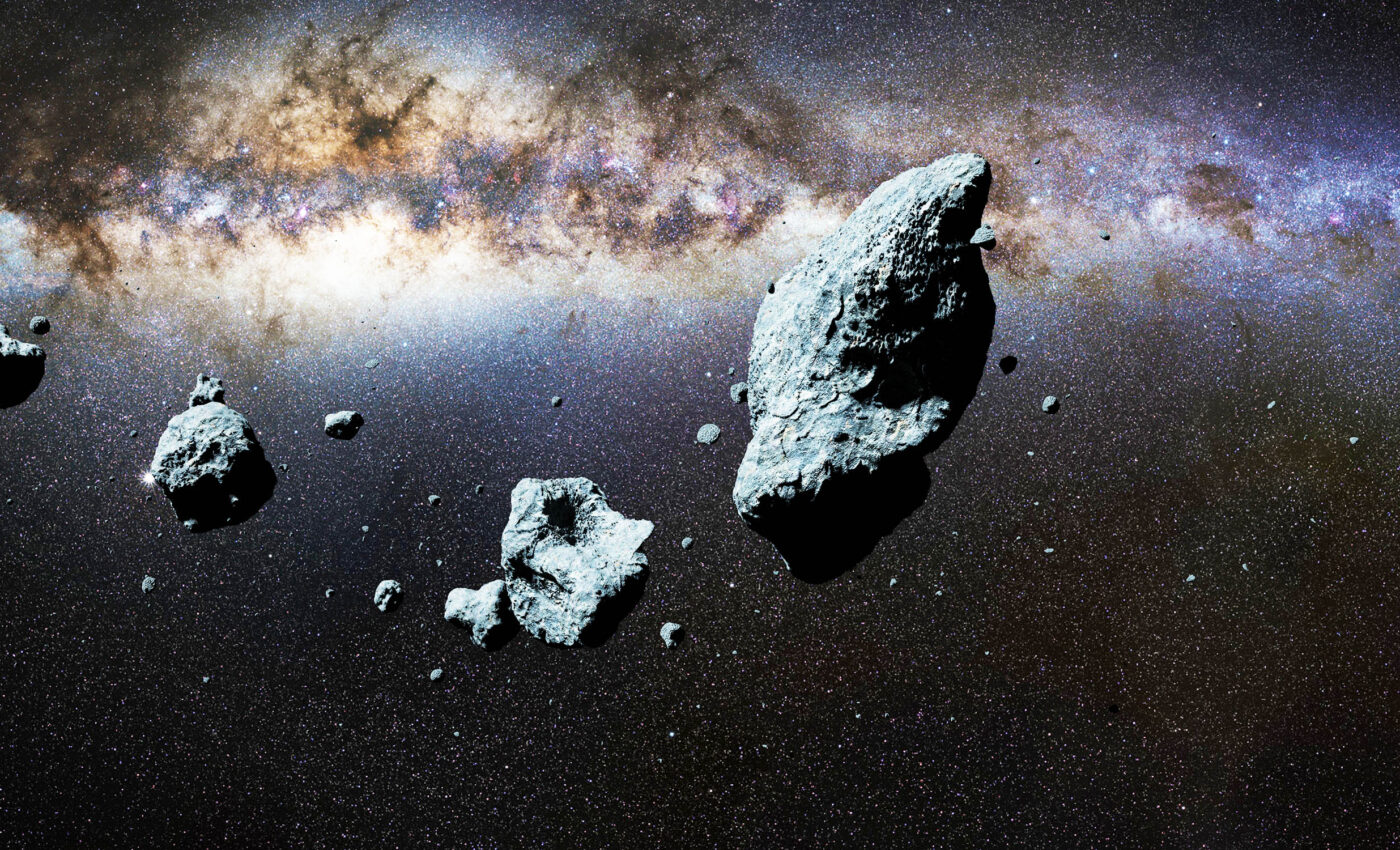
Ancient carbon ices discovered on objects beyond Neptune
The Webb Telescope, our intrepid explorer of the cosmos, has once again delivered an astronomical revelation. This time, it has unveiled the presence of carbon dioxide and carbon monoxide ice in the far reaches of our solar system, specifically on trans-Neptunian objects (TNOs).
Scientists believe these icy remnants, orbiting beyond Neptune, are time capsules from our solar system’s birth.
Carbon ice of solar TNOs
TNOs, often dubbed the “fossils” of our solar system, have long intrigued scientists. These icy bodies, untouched by the Sun’s heat, hold clues to the conditions prevalent during the solar system’s early days.
The discovery of carbon dioxide and carbon monoxide ices adds another layer to this cosmic puzzle.
“It is the first time we observed this region of the spectrum for a large collection of TNOs, so in a sense, everything we saw was exciting and unique,” says Mário Nascimento De Prá, a planetary scientist at the University of Central Florida’s Florida Space Institute (FSI) and co-author of the study.
The widespread presence of carbon dioxide ice suggests that it was abundant in the outer regions of the protoplanetary disk, the swirling mass of gas and dust that eventually coalesced into our solar system.
However, the origin of carbon monoxide ice remains a mystery.
“While the carbon dioxide was probably accreted from the protoplanetary disk, the origin of the carbon monoxide is more uncertain,” adds de Prá.
Webb Telescope’s discovery of 59 TNOs
This discovery was made possible by the JWST‘s powerful infrared spectral capabilities. This allowed the research team to analyze the chemical composition of 59 TNOs and Centaurs, a group of icy bodies that reside between Jupiter and Neptune.
“Trans-Neptunian Objects are relics from the process of planetary formation,” explains de Prá.
“These findings can impose important constraints about where these objects were formed, how they reached the region they inhabit nowadays, and how their surfaces evolved since their formation.”
Carbon dioxide: A ubiquitous presence
One of the most surprising findings was the widespread presence of carbon dioxide ice. Researchers detected carbon dioxide ice in 56 out of 59 TNOs. This presence was consistent regardless of the size or dynamical class of these objects.
The detection of carbon dioxide ice in such a large number of TNOs suggests that carbon dioxide was a common ingredient in the early solar system.
This discovery provides significant insights into the composition of the early solar system and the materials that were present during its formation.
“We did not expect to find that carbon dioxide was so ubiquitous in the TNO region, and even less that carbon monoxide was present in so many TNOs,” says de Prá.
Enigma of carbon monoxide ice
Researchers detected carbon monoxide ice in 28 TNOs, posing a fascinating puzzle. Unlike carbon dioxide, which was likely present in the protoplanetary disk, carbon monoxide’s origin remains unclear.
This difference raises questions about the processes that led to the formation of these icy bodies. Scientists need further investigation to understand how carbon monoxide appeared in these objects.
“The latter is a volatile ice even in the cold surfaces of the TNOs. We can’t rule out the carbon monoxide was primordially accreted and somehow was retained until present date,” says de Prá. “However, the data suggests that it could be produced by the irradiation from carbon-bearing ices.”
Future directions
The discovery of carbon dioxide and carbon monoxide ice on TNOs opens up a new avenue for studying the formation and evolution of our solar system.
Future observations with the JWST and other telescopes will help to answer the many questions raised by this discovery.
“We have only scratched the surface of what these objects are made of and how they came to be,” says Noemí Pinilla-Alonso, the lead of the DiSCo-TNOs program.
“We now need to understand the relationship between these ices with the other compounds present in their surfaces and understand the interplay between their formation scenario, dynamical evolution, volatile retention and irradiation mechanisms throughout the history of the solar system.”
The James Webb Space Telescope, with its unparalleled capabilities, will revolutionize our understanding of the cosmos. The discovery of ancient ices on TNOs is just the beginning of a new era of astronomical exploration.
The study is published in the journal Nature Astronomy.
—–
Like what you read? Subscribe to our newsletter for engaging articles, exclusive content, and the latest updates.
Check us out on EarthSnap, a free app brought to you by Eric Ralls and Earth.com.
—–













